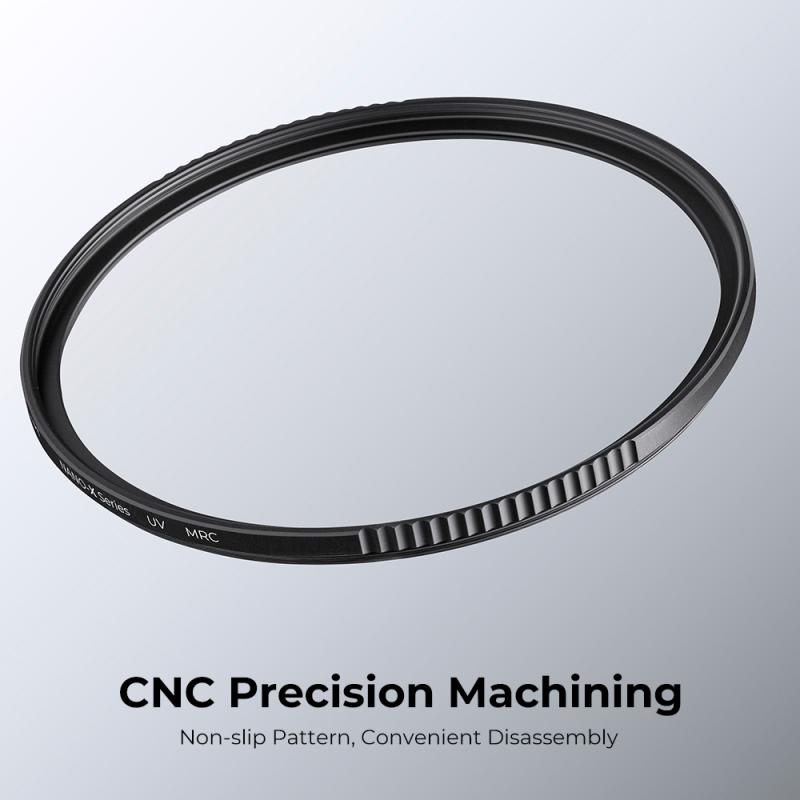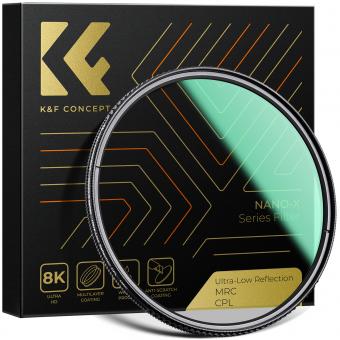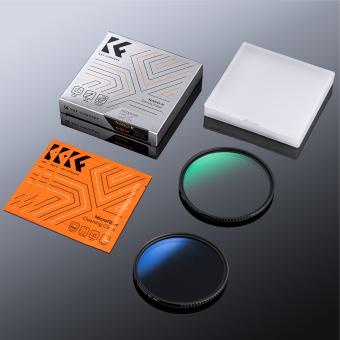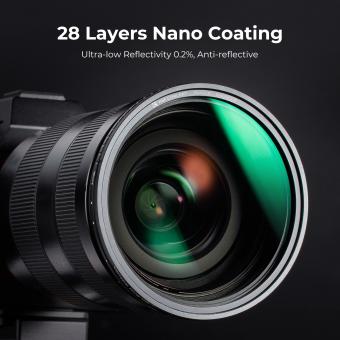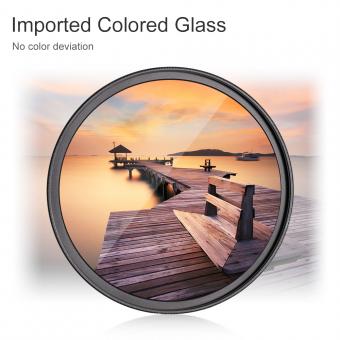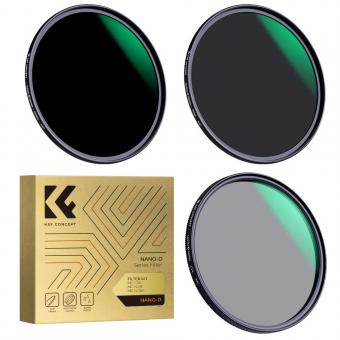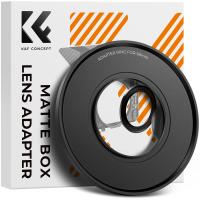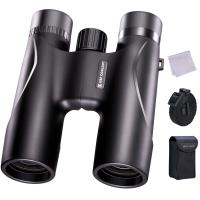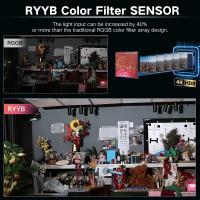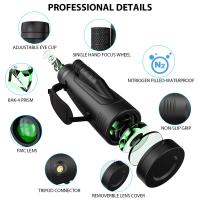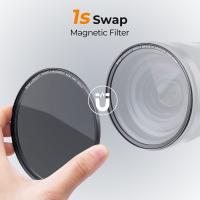How To Remove Reflections Of Water Lens Filter ?
To remove reflections caused by a water lens filter, you can try the following techniques:
1. Adjust the angle: Change the angle at which you are shooting to minimize the reflection. Experiment with different positions to find the best angle that reduces or eliminates the reflection.
2. Use a lens hood: Attach a lens hood to your camera lens to block out any unwanted light that may be causing the reflection. This can help reduce or eliminate the reflection caused by the water lens filter.
3. Polarizing filter: Consider using a polarizing filter in addition to the water lens filter. A polarizing filter can help reduce reflections by selectively blocking certain polarized light waves.
4. Clean the filter: Ensure that the water lens filter is clean and free from any smudges or dirt that may be causing the reflection. Use a microfiber cloth or lens cleaning solution to gently clean the filter.
5. Post-processing: If the reflections are still present in your photos, you can try using photo editing software to remove or reduce them. Techniques such as cloning, healing, or using the clone stamp tool can help eliminate unwanted reflections.
Remember to experiment with different techniques and settings to find the best solution for your specific situation.
1、 Adjusting the angle of the lens filter to minimize reflections.
To remove reflections of water on a lens filter, one effective method is to adjust the angle of the filter to minimize the reflections. When shooting in or near water, reflections can often appear on the surface, causing unwanted glare and reducing the overall quality of the image. By adjusting the angle of the lens filter, you can minimize these reflections and capture a clearer, more vibrant photograph.
To begin, it is important to understand the direction of the light source. By positioning yourself and the camera in a way that reduces the angle between the light source and the filter, you can minimize the reflections. This can be achieved by moving around the subject or changing your shooting position.
Additionally, using a circular polarizing filter can greatly help in reducing reflections. This type of filter can be rotated to adjust the polarization of the light entering the lens, effectively reducing glare and reflections. By experimenting with different angles and rotations of the filter, you can find the optimal position that minimizes the reflections on the water's surface.
It is worth noting that the latest point of view suggests using lens filters with anti-reflective coatings. These coatings are designed to reduce reflections and improve image quality. Investing in a high-quality filter with such coatings can significantly enhance your ability to capture clear, reflection-free images.
In conclusion, removing reflections of water on a lens filter can be achieved by adjusting the angle of the filter and using a circular polarizing filter. By experimenting with different positions and rotations, you can minimize reflections and capture stunning, high-quality photographs.

2、 Using a lens hood to block direct light and reduce reflections.
To remove reflections of water on a lens filter, one effective method is to use a lens hood. A lens hood is a device that attaches to the front of the lens and helps block direct light from entering the lens, reducing the chances of reflections and lens flare.
When shooting near water, such as lakes, rivers, or oceans, reflections can often occur due to the smooth surface of the water. These reflections can be distracting and reduce the overall quality of the image. By using a lens hood, you can minimize the amount of direct light hitting the lens, thus reducing the reflections caused by the water.
A lens hood works by extending beyond the front element of the lens, creating a shade that blocks light from entering at extreme angles. This helps to prevent light from bouncing off the water and onto the lens, reducing the reflections. It also helps to improve contrast and color saturation in the image.
It is important to note that not all lens hoods are created equal. Some lens hoods are specifically designed to be more effective at reducing reflections, such as those with a petal-shaped design. These hoods are designed to block light from entering the lens at different angles, further reducing the chances of reflections.
In addition to using a lens hood, there are a few other techniques that can help minimize reflections on a lens filter. One is to shoot at an angle to the water surface, rather than shooting straight into it. This can help reduce the amount of direct light hitting the lens and minimize reflections. Another technique is to use a polarizing filter, which can help reduce reflections and enhance colors by selectively blocking certain light waves.
Overall, using a lens hood is an effective way to block direct light and reduce reflections caused by water. It is a simple and affordable solution that can greatly improve the quality of your images when shooting near water.

3、 Applying an anti-reflective coating to the lens filter.
To remove reflections of water from a lens filter, one effective method is to apply an anti-reflective coating to the filter. This coating helps to minimize the amount of light that is reflected off the surface of the filter, reducing unwanted reflections and improving image quality.
Applying an anti-reflective coating involves a few steps. First, ensure that the lens filter is clean and free from any dust or debris. Use a microfiber cloth or lens cleaning solution to gently clean the filter surface. Once the filter is clean, apply the anti-reflective coating according to the manufacturer's instructions.
The anti-reflective coating works by altering the refractive index of the lens filter, allowing more light to pass through the filter rather than being reflected. This helps to reduce glare and reflections caused by water or other reflective surfaces.
It is important to note that not all lens filters come with an anti-reflective coating. Some filters may already have this coating applied, while others may require a separate purchase or application. Additionally, the effectiveness of the anti-reflective coating may vary depending on the quality of the coating and the specific conditions in which it is used.
In recent years, advancements in anti-reflective coating technology have led to improved performance and durability. Some coatings now offer enhanced water and oil repellency, making it easier to clean and maintain the filter. Additionally, certain coatings are designed to minimize the impact on image quality, ensuring that the filter does not introduce any unwanted artifacts or distortions.
Overall, applying an anti-reflective coating to a lens filter is an effective way to remove reflections of water and improve image quality. It is a worthwhile investment for photographers looking to capture clear and crisp images, particularly in outdoor or water-related settings.
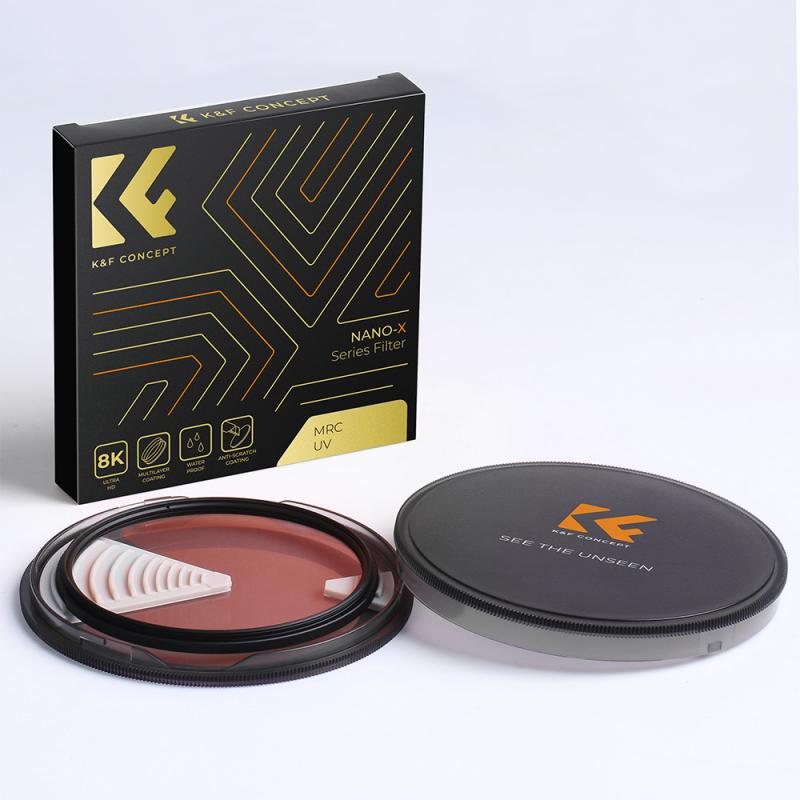
4、 Using a polarizing filter to reduce reflections from water surfaces.
To remove reflections of water using a polarizing filter, follow these steps:
1. Attach the polarizing filter to your camera lens. Make sure it is securely fastened.
2. Rotate the filter until you achieve the desired effect. The filter has a rotating ring that allows you to adjust the polarization angle. Experiment with different angles to find the one that reduces the reflections the most.
3. Look through the viewfinder or LCD screen and observe the changes in the reflections. As you rotate the filter, you will notice the reflections becoming less prominent or disappearing altogether.
4. Adjust the angle of the filter based on the direction of the light source. The effectiveness of the polarizing filter depends on the angle of the light hitting the water surface. Rotating the filter to align with the light source will yield the best results.
5. Take test shots and review the results. Check if the reflections have been successfully reduced or eliminated. If necessary, make further adjustments to the filter angle until you achieve the desired outcome.
It's important to note that the effectiveness of a polarizing filter can vary depending on the conditions. Factors such as the angle of the light source, the position of the camera, and the type of water surface can all impact the results. Experimentation and practice will help you master the technique and achieve the best possible outcome in reducing reflections from water surfaces.
